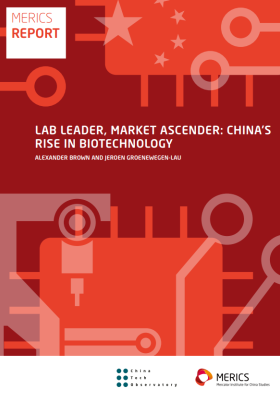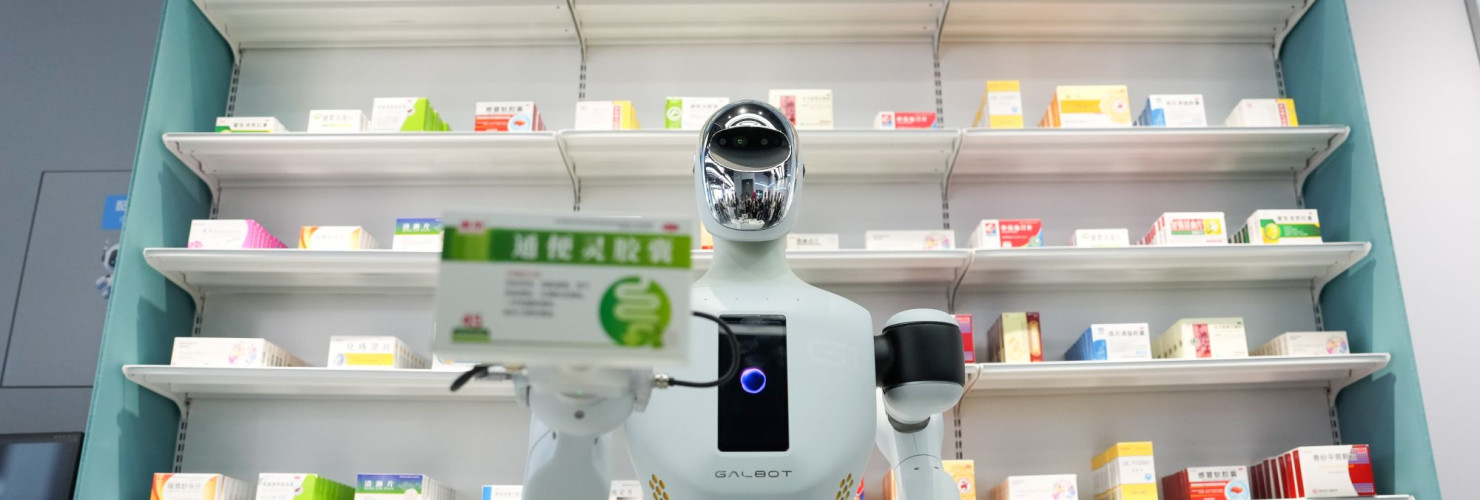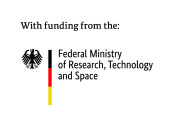

Creating a domestic market for innovative drugs through commercial health insurance
For the first time, China has issued a draft Commercial Insurance Innovative Drug List – a major step in Beijing’s effort to create a domestic market for advanced pharmaceutical treatments. Currently, 121 innovative drugs have passed first review and will now be part of price negotiations before a final list is expected in September.
About a third of global licensing deals now involve China, according to the investment firm Jefferies, and China is approving more and more domestically developed drugs. But many of these products only find a small market in China. High-performance, high-cost treatments such as China’s first-in-class anti-cancer drug Cejemly or anti-autoimmune treatment Tai’ai (RC18) are not covered by basic medical insurance, and Beijing wants to control public healthcare expenditure. By including such treatments in the commercial insurance list, Beijing is promoting a dual-track system where middle-class families in coastal regions can take out commercial medical insurance that covers advanced treatments.
Although the dual-track insurance system is a long-term goal, growth in new commercial insurance sales slowed to around five percent in 2024, and only 7.7 percent of China’s CNY 162 billion in pharma sales in 2024 was covered by commercial insurers, against 44 percent by basic medical insurance. Patients paid 49 percent out of pocket. Beijing is betting that government data-sharing, coordinated negotiations with pharma firms and favorable access to China’s public hospital system will persuade commercial insurers to adopt the list, at least partially.
China is balancing the inclusion of popular foreign pharmaceuticals and new local alternatives, delivering mixed results for foreign firms. To appeal to Chinese families, the new list includes well-known chronic and “lifesaving” treatments such as the diabetes and weight-loss drug Semaglutide (by Danish firm Novo Nordisk), and oncology drugs Opdivo (by US firm Bristol Myers) and Tecentriq (by Swiss firm Roche). 41 percent of the drugs on the list have been developed by Chinese firms, 26 percent by American and 20 percent by European companies. However, Merck’s blockbuster oncology drug Keytruda is absent, unlike Chinese competitors such as Camrelizumab and Sugemalimab. Moreover, even Chinese pharma firms have expressed wariness of the discount Beijing will expect.
Jeroen Groenewegen-Lau, Head of Program Science, Technology and Innovation Policy, MERICS: “Because Beijing does not want to increase public healthcare expenditure, it is turning to commercial health insurance to grow a domestic market for homegrown innovative drugs. It may just work. However, it is more likely that China’s most advanced biotech firms will continue to rely almost exclusively on global markets.”

